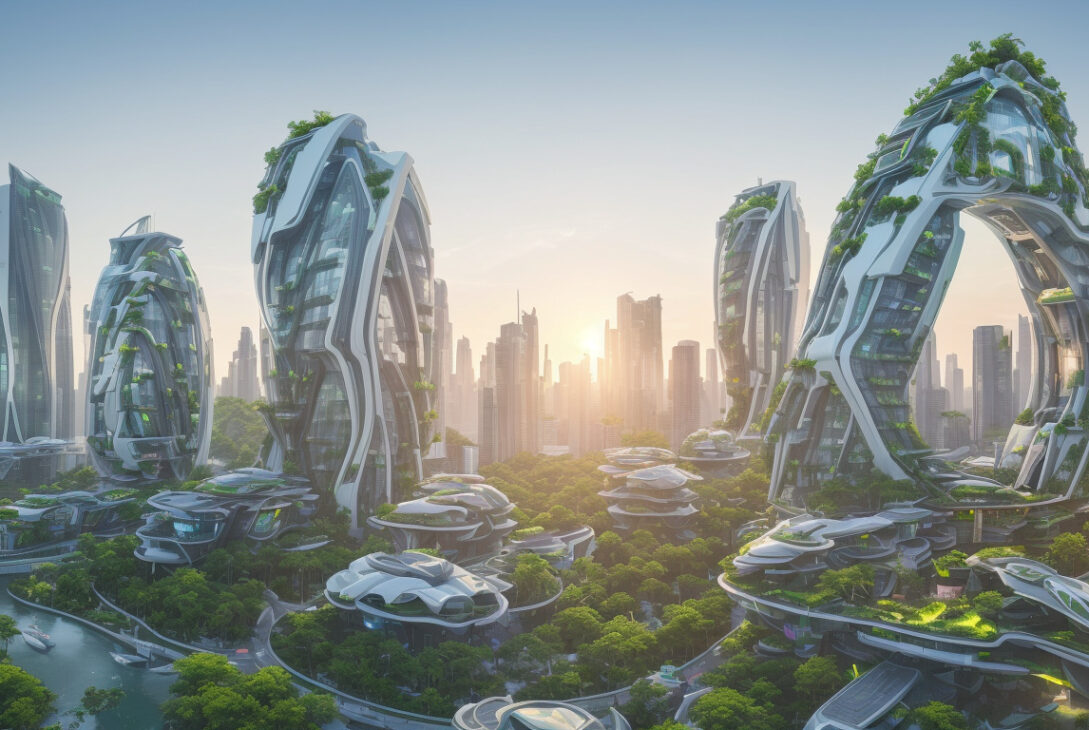3D Technology Revolutionizes Infrastructure Building Potential
August 14, 2025
By Rose Morrison
The world of infrastructure development is undergoing a significant transformation, thanks to the rapid advancement and adoption of 3D digital technologies. Architects, engineers, and construction professionals are increasingly integrating tools such as Building Information Modeling (BIM), 3D printing, and Virtual Reality (VR) into their workflows. These innovations promise more efficient, sustainable, and cost-effective building projects, pointing toward an exciting future for the construction and architecture industries.
The Integral Role of 3D Technology in Modern Architecture
Far from being a mere buzzword, 3D technology has become a fundamental game-changer. With these tools, professionals achieve unprecedented precision in designing and planning infrastructure projects. 3D digital models allow teams to visualize, analyze, and refine a project well before ground is broken, significantly reducing errors and miscommunication. This also helps accelerate the entire design and construction process.
Among the most impactful tools is Building Information Modeling (BIM), which creates a detailed 3D digital replica of a building or infrastructure system. This model encompasses everything from structural materials to electrical and plumbing systems and serves as a comprehensive resource throughout a project’s life cycle—from initial design through construction to ongoing maintenance.
3D printing, once primarily used for prototype models, is now making inroads directly into construction. It enables the production of customized building components with reduced material waste, and expedites manufacturing. This approach is particularly advantageous for infrastructure projects in remote or challenging locations where traditional building methods may be impractical.
Practical Benefits Across Infrastructure Projects
The advantages of 3D technologies reach far beyond visual appeal:
-
Improved Accuracy and Precision: Digital modeling enables architects and engineers to detect potential issues early through virtual testing and on-site visualization, minimizing costly surprises during construction.
-
Cost Efficiency: By reducing errors and need for rework, projects stay closer to budget. Moreover, 3D printing significantly cuts down material waste, contributing to cost savings and environmental responsibility.
-
Enhanced Sustainability: Minimizing waste and energy consumption aligns with the growing emphasis on eco-friendly construction. Professional use of recycled or locally sourced materials in conjunction with 3D printing further reduces environmental impact.
-
Accelerated Construction Timelines: The ability to fabricate components off-site and rapidly assemble them on location streamlines large-scale projects, saving valuable time and resources.
Global Success Stories Demonstrate Transformational Impact
Numerous countries are leading the way in adopting these technologies. Dubai, UAE, stands out with its ambitious 3D-printed construction goals. The Dubai 3D Printing Strategy aims to have 25% of buildings fabricated using 3D printing technology by 2030, and several offices and homes built via this process are already in place. The Emirates Tower project showcases BIM’s power in delivering efficiency and precision amidst harsh desert conditions, setting a benchmark for future developments.
In the United States, 3D printing is proving invaluable in disaster relief construction. Following major calamities such as earthquakes and hurricanes, this technology enables rapid deployment of temporary shelters, infrastructure, and schools. An inspiring example is the collaboration between construction firm ICON and nonprofit New Story to 3D print homes for families displaced by Mexico’s devastating 2017 earthquake.
Challenges and Considerations
Despite its transformative potential, the adoption of 3D technology in infrastructure faces obstacles. High initial costs for equipment and software can be prohibitive, especially for smaller firms or those in developing nations. Furthermore, regulatory frameworks and building codes must evolve to address safety, durability, and standards specific to 3D-printed structures. These issues require continued attention from industry stakeholders and policymakers to ensure reliable and safe integration of new technologies.
Looking Ahead: Shaping the Future of Infrastructure
The outlook for 3D technology in construction and infrastructure is promising. Ongoing improvements are expected to make these digital tools increasingly affordable and accessible on a global scale. The need to meet challenges like urban population growth, climate change, and housing shortages positions 3D technologies as essential in crafting smarter, more sustainable, and cost-effective buildings.
As digital design and manufacturing innovations continue to unlock new creative and practical possibilities, they are poised to reshape cities and communities worldwide. Embracing this revolution will be critical to building resilient infrastructure that stands the test of time.
About the Author
Rose Morrison is managing editor of Renovated Magazine with nearly a decade of experience in architecture, environmental construction, and design writing. She advocates for equitable building initiatives and sustainability. When not writing, Rose enjoys hiking and exploring remarkable examples of architectural harmony with nature.
For further insights into architectural innovation and construction technology, subscribe to Meer Magazine’s updates.










